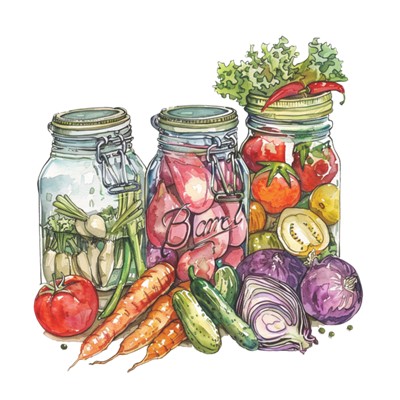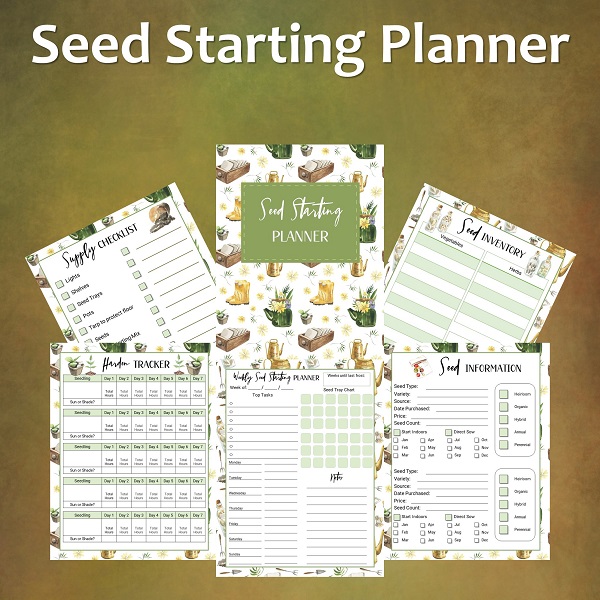Leila
 After you have started growing and harvesting the vegetables in your garden, you will either need to use them right away or save them. A popular way to preserve vegetables is through canning. Here are some beginner tips if you want to try this option.
After you have started growing and harvesting the vegetables in your garden, you will either need to use them right away or save them. A popular way to preserve vegetables is through canning. Here are some beginner tips if you want to try this option.
Choose the Method of Canning
Before you start the actual canning process, you need to decide what method to use. There are two main types of canning, including canning in a water bath and using pressure.
With water bath canning, this is going to use lower temperatures and is good for veggies and fruits that have a higher acid content.
This might include your pickle and relish, tomatoes, salsa, and any jams or jellies. Most other vegetables and fruits can be canned using pressure canning. This is also done with people who can seafood or meats. Continue reading
 If you want to grow more food at home, but you don’t have the option for a full vegetable garden in your backyard, the lack of sun is often the biggest issue. While many vegetables do need as much sunlight as possible, others do okay with just partial sun and partial shade. This is often when you grow them on your patio or balcony, in your sunroom, or even right in your kitchen. Here are some of the best vegetables that can grow with only partial shade.
If you want to grow more food at home, but you don’t have the option for a full vegetable garden in your backyard, the lack of sun is often the biggest issue. While many vegetables do need as much sunlight as possible, others do okay with just partial sun and partial shade. This is often when you grow them on your patio or balcony, in your sunroom, or even right in your kitchen. Here are some of the best vegetables that can grow with only partial shade.
Beans
The first vegetable you can grow on your patio or in your backyard with just partial sun and partial shade is beans. However, you need to consider what types of beans you have. The beans that are on a vine are fine with just partial sun, where they are shaded for part of the day. These would be the ones on a trellis. With the beans that are in bushes, try to give them at least 6 hours of sun per day. Continue reading
 If you are looking to have more fresh, organic fruit at home, growing it yourself is the perfect way to accomplish that. You don’t need a big vineyard just to grow fruit in your own backyard. There are some fruits that grow in pots, both outside and inside your home.
If you are looking to have more fresh, organic fruit at home, growing it yourself is the perfect way to accomplish that. You don’t need a big vineyard just to grow fruit in your own backyard. There are some fruits that grow in pots, both outside and inside your home.
Lemons
One of the fruits that will grow well in pots is lemons. This is great news since when you make things like lemonade or want lemons for your fruit-infused water, you typically want a large amount of them. While they aren’t super expensive at the grocery store, it does add up, especially when you want to organic varieties.
You can grow your own lemons right at home in a container without needing to plant large lemon trees that are difficult to take care of. Just make sure your container is in the right environment for growing. Continue reading



